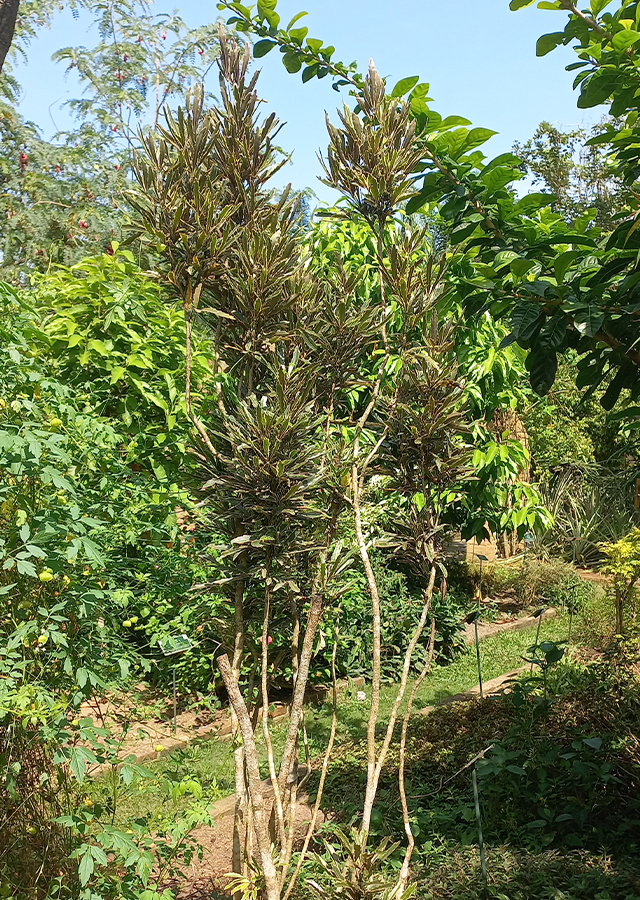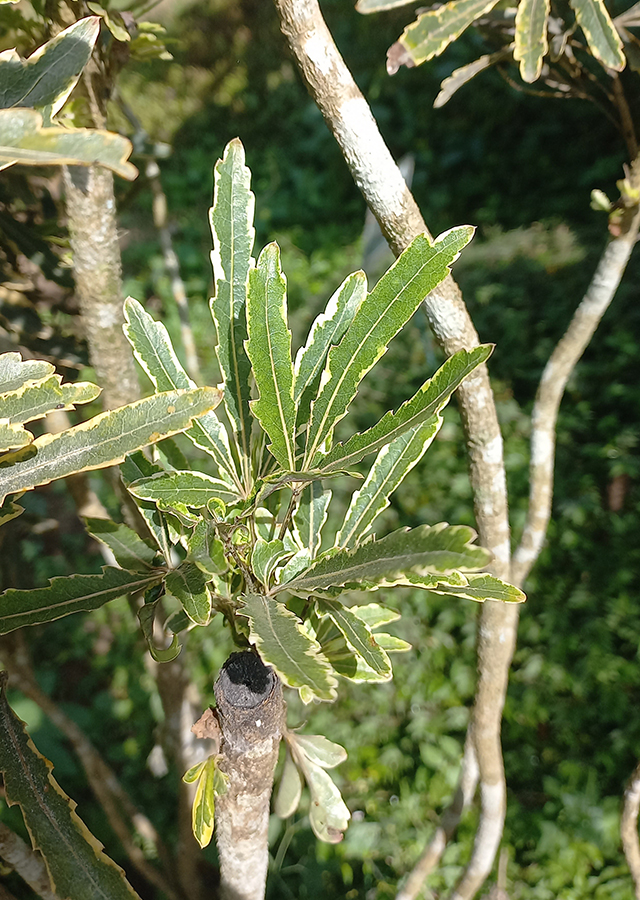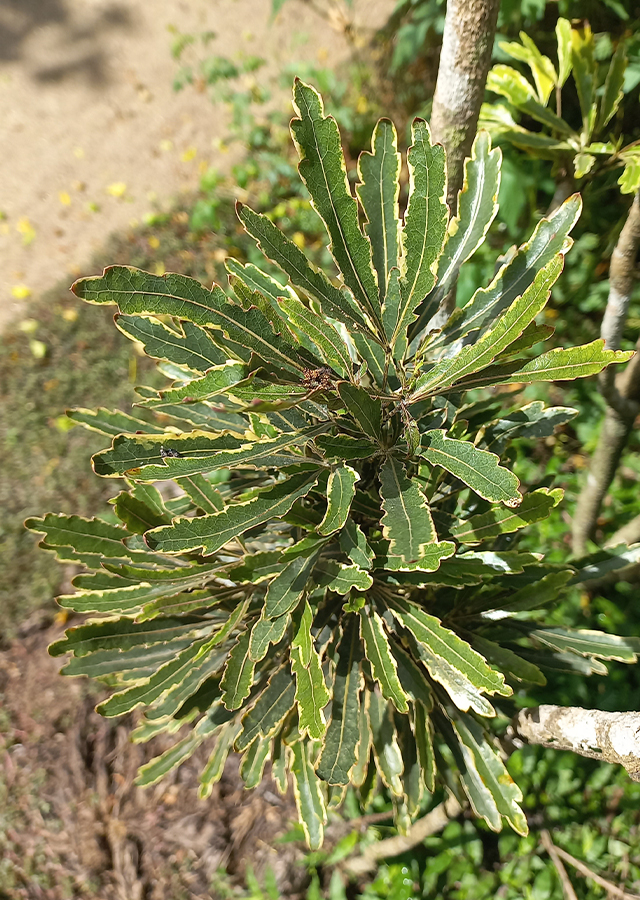Traditional Herbs from Plerandra elegantissima
What is Plerandra elegantissima Looks like??



Parts of Plerandra elegantissima that could be used
- Leaves
- All Parts of the Plant
Plerandra elegantissima Distribution
Plerandra elegantissima or spider aralia plant is a species of the Araliaceae family originating from southwest New Caledonia. This species is popularly used by people as an ornamental plant both indoors and outdoors. Currently, P. elegantissima has been included in the IUCN (International Union for Conservation of Nature) red list among species at very high risk of becoming extinct in the future (endangered).Agroecology of Plerandra elegantissima
Plerandra elegantissima can be found growing in shrubs and damp forests in the lowlands. This species can be cultivated in tropical and subtropical climates, where it requires warm temperatures and high humidity, ideally between 60 and 85 °F. Growth requires 3-4 hours of direct sunlight, with bright indirect light or partial shade. The plant's need for water is moderate, where overwatering can cause root rot. This species likes nutrient-rich, well-drained soil, slightly acidic to neutral soil pH.
Morphology of Plerandra elegantissima
- Stems erect, stems and petioles dark green with white macular spots.
- Leaves alternate (alternate), palmately compound, formed by 7 - 12 almost linear-oval, narrow leaflets with coarsely serrated and irregular leaf margins , stalked leaflets. Initially purple brown, then become shiny dark green. The central vein is greenish white and prominent.
- Compound inflorescences are terminal umbels with many flowers small pentamerous yellow-green in color.
- The fruit is round with a diameter of about 1 cm, blackish in color.
- The seeds are pale yellow, usually there are 5 - 6 seeds in each fruit.
Cultivation of Plerandra elegantissima
- Generative propagation uses seeds, where the seeds are previously kept in water for 2 days and placed shallowly in damp sandy clay soil, at a temperature of 24 - 26 \u00b0C. Germination time is around 3 - 5 weeks.
- Propagation is also done vegetatively with stem cuttings. The cutting material comes from stems that are cut at least 4 inches (10.16 cm) long. The cuttings may take several weeks to root. Once the cuttings are rooted, they can be transplanted into a permanent medium.
Plerandra elegantissima, more details :
Chemical Content of Plerandra elegantissimaSulfated oleanane-type triterpenoid, five known oleanane-type saponins (echinocystic acid 3-O-β-D-glucopyranosyl-(1�'3)-β-D-glucopyranosyl-(1�'2)-α-L- arabino-pyranoside, 28-O-α-L-rhamnopyranosyl-(1�'4)-β-D-glucopyran-osyl-(1�'6)-β-D-glucopyranosyl ester, 3-O-β-D-glucopyranosyl- (1�'2)-α-L-arabinopyranoside 28-O-α-L-rhamnopyranosyl-(1→4)-β-D-glucopyranosyl-(1→6)-β-D-glucopyranosyl ester, 3-O-α-L-arabinopyranoside, 28-O-α-L-rhamnopyranosyl-(1�'4)-β-D-gluco-pyranosyl-(1�'6)-β-D-glucopyranosyl ester,� 3-O-α-L- arabinopyranoside, and oleanolic acid 3-O-sulfate.
Benefits of Plerandra elegantissima
Studies show cytotoxicity, anti-Leishmania and antimicrobial activity. Further research is needed to confirm the traditional medicinal uses of this species.
Simplisia of Plerandra elegantissima
Another Facts for Plerandra elegantissima :
Synonym of Plerandra elegantissimaAralia elegantissima H.J.Veitch ex Mast., Schefflera elegantissima (H.J.Veitch ex Mast.) Lowry & Frodin, Schefflera faguetii Baill.
Habitus of Plerandra elegantissima
Tree. Tree or shrub, annual, about 8 - 15 m high
Habitat of Plerandra elegantissima
- Forest
- Bush Area
No comments:
Post a Comment